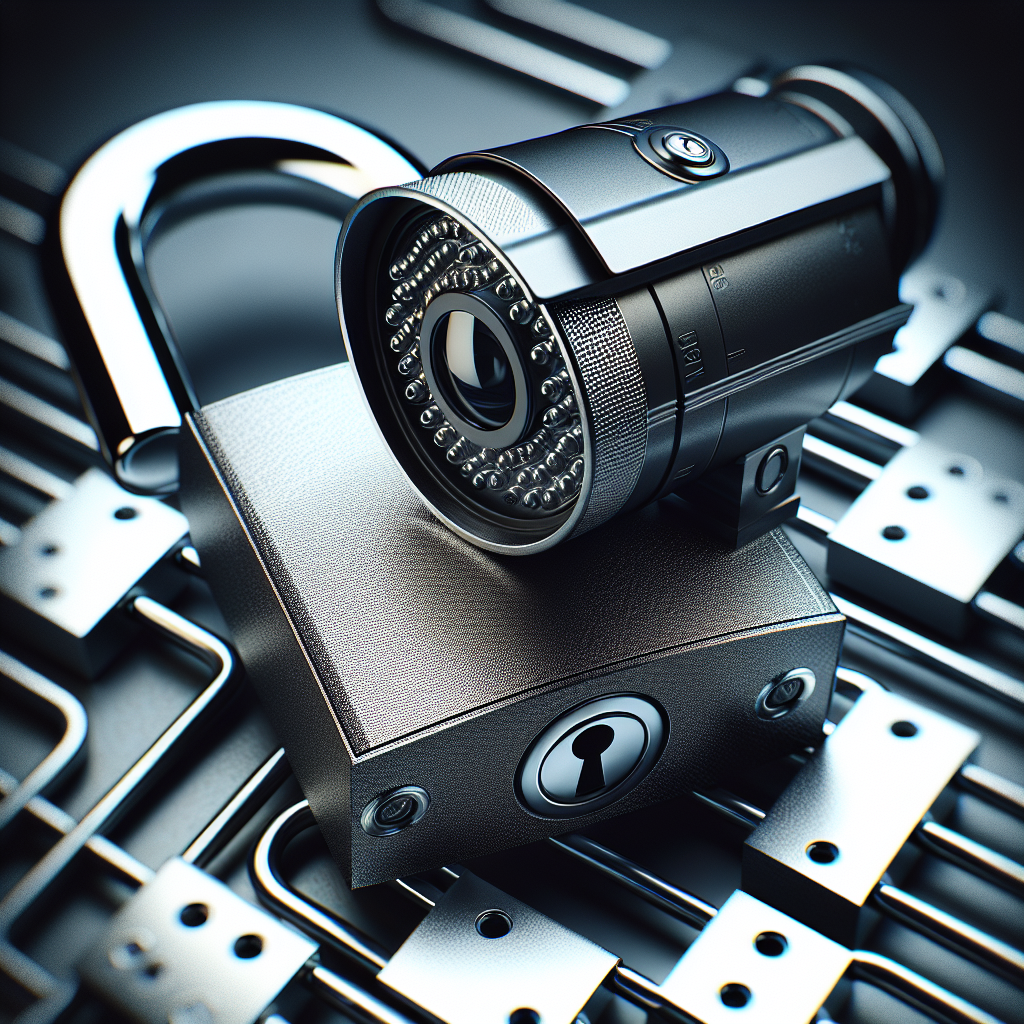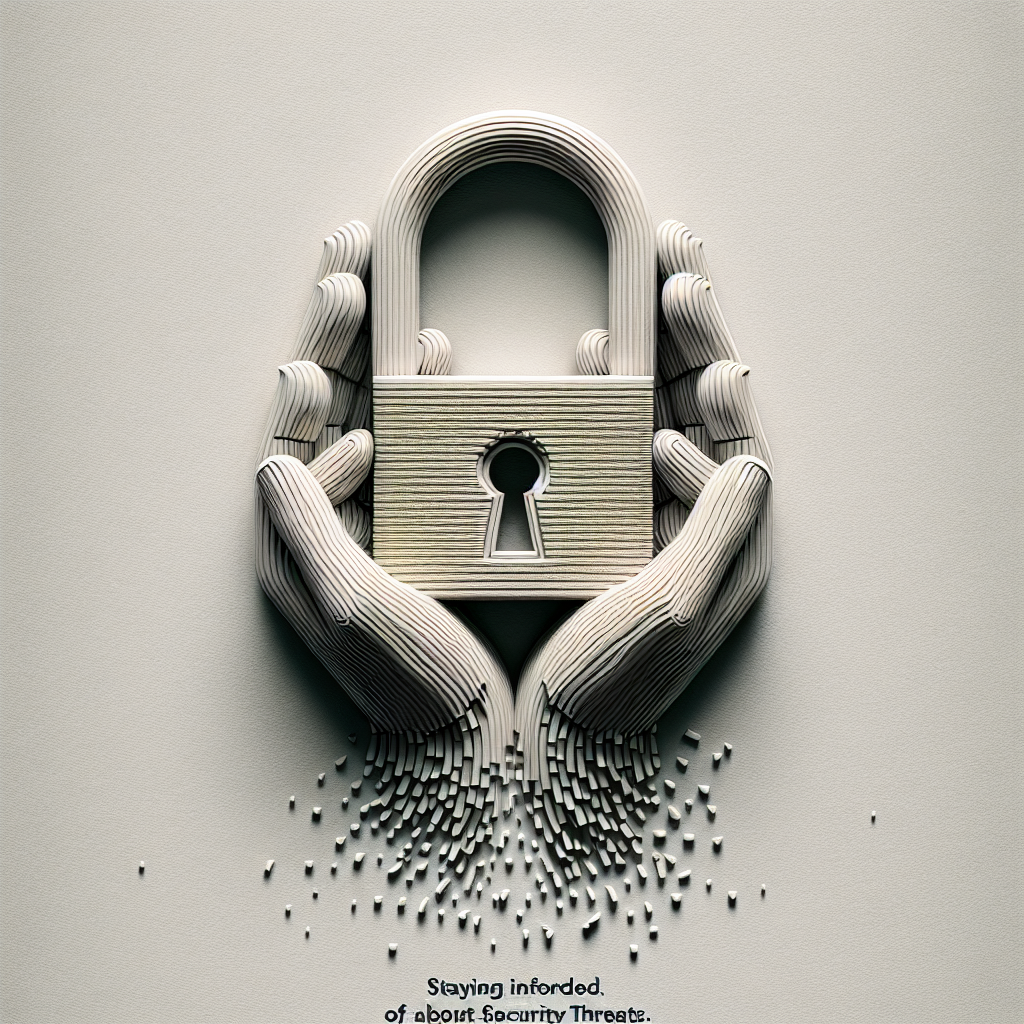Ensuring the safety and security of your business is of utmost importance in today’s increasingly digital world. While cyber threats often take the spotlight, it’s essential not to overlook the significance of physical security measures. From securing your premises to protecting confidential information, physical security plays a crucial role in safeguarding your business. In this article, we will explore the importance of physical security and provide valuable insights on how to enhance it for the well-being and longevity of your business.

Physical Security: Ensuring Safety for Your Business
Physical security is a critical aspect of protecting your business and its assets. By implementing robust measures to ensure the physical safety of your premises, you can reduce the risk of theft, vandalism, unauthorized access, and other security incidents. This article will guide you through various aspects of physical security, including understanding its importance, assessing your business’s needs, implementing access control measures, deploying surveillance systems, utilizing alarm systems, employing security personnel, preparing for emergencies, establishing physical security policies, and integrating physical security with cybersecurity.
1. Understanding Physical Security
What is Physical Security?
Physical security refers to the measures taken to protect the physical assets, people, and information of a business. It involves the implementation of various strategies, technologies, and practices to prevent unauthorized access and ensure the safety of the premises.
Physical security measures can include fencing, locks, access control systems, surveillance cameras, alarm systems, and security personnel. The goal is to create a secure environment that deters potential intruders and provides a prompt response to any security incidents.
Importance of Physical Security
Physical security is vital for businesses of all sizes and industries. By ensuring the safety of your premises, you can protect valuable assets, sensitive information, and the well-being of your employees. Here are some key reasons why physical security is important:
- Theft Prevention: Implementing physical security measures such as access control systems and surveillance cameras can deter potential burglars or thieves. This reduces the risk of theft and loss of valuable assets.
- Risk Mitigation: Physical security measures help identify vulnerabilities and assess potential risks. By addressing these vulnerabilities and implementing appropriate countermeasures, you can reduce the likelihood and impact of security incidents.
- Employee Safety: Creating a secure environment for your employees is crucial for their well-being and productivity. Physical security measures provide a sense of safety and can help prevent workplace violence or other security threats.
- Compliance Requirements: Many industries have regulatory requirements for physical security. By implementing appropriate security measures, you can ensure compliance with legal obligations and industry standards.

2. Assessing Your Business’s Physical Security Needs
Before implementing physical security measures, it’s important to assess your business’s specific needs. This involves identifying vulnerabilities, conducting risk assessments, and determining potential threats and risks.
Identifying Vulnerabilities
Start by conducting a thorough assessment of your premises to identify any vulnerabilities. Look for potential entry points that may be susceptible to unauthorized access, such as open windows, weak doors, or unsecured areas. Pay attention to areas where valuable assets or sensitive information is stored.
You should also consider internal vulnerabilities, such as employees with access to critical areas who may pose a security risk. Identify any weaknesses in your current security systems or practices, such as outdated locks or inadequate surveillance coverage.
Conducting Risk Assessments
Once you have identified vulnerabilities, conduct a risk assessment to determine the potential impact and likelihood of different security threats. A risk assessment helps prioritize security measures and allocate resources effectively. Consider factors such as the value of assets at risk, potential consequences of security incidents, and the likelihood of specific threats based on your industry and location.
Determining Threats and Risks
Based on the risk assessment, identify the specific threats and risks that your business may face. These could include burglary, vandalism, unauthorized access, employee theft, or natural disasters such as fire or flooding. Understanding the specific threats allows you to tailor your physical security measures to address them effectively.
3. Access Control Measures
Access control measures play a crucial role in physical security by limiting and monitoring access to your premises and specific areas within them.
Perimeter Security
Secure the perimeter of your premises to create a boundary and deter unauthorized access. This can include installing fencing, gates, or barriers that are difficult to breach. Consider using access control technologies, such as electronic key card systems or biometric authentication, to control entry and exit points.
Secure Entry Points
Implement robust security measures at all entry points, such as doors, windows, and gates. Use high-quality locks, reinforced doors, and windows made of impact-resistant materials. Consider installing additional security features like keypads, swipe card readers, or biometric access systems to enhance security.
Visitor Management Systems
Implementing a visitor management system can help track and monitor visitors to your premises. This can involve issuing visitor badges, requiring identification documents, and keeping a record of visitor details. Additionally, consider implementing a check-in process that includes signing in and obtaining a visitor pass.

4. Surveillance Systems
Surveillance systems are essential for monitoring and recording activities within your premises. They act as a deterrent to potential intruders and provide valuable evidence in case of security incidents.
CCTV Cameras
Closed-circuit television (CCTV) cameras are a common surveillance tool used to monitor and record activities. Install cameras strategically in areas that are susceptible to security threats, such as entry points, parking lots, and sensitive areas. Ensure that the cameras have optimal coverage and provide high-quality video footage.
Video Analytics
Utilize video analytics software to enhance the capabilities of your surveillance system. Video analytics can automatically detect and alert you of suspicious activities or events, such as unauthorized access, loitering, or perimeter breaches. This technology helps improve the efficiency of monitoring and reduces the need for constant human observation.
Monitoring and Recording
Ensure that your surveillance system is actively monitored and recorded. Assign dedicated personnel or employ third-party security agencies to monitor the live feeds from the cameras. This allows for a quick response to security incidents. Additionally, retain recorded footage for a sufficient period to aid in investigations or potential legal proceedings.
5. Alarm Systems
Alarm systems are an essential component of physical security and provide immediate notification of security breaches. They can deter potential intruders and prompt a quick response to mitigate security incidents.
Intrusion Detection Systems
Install intrusion detection systems (IDS) that can detect unauthorized access attempt


